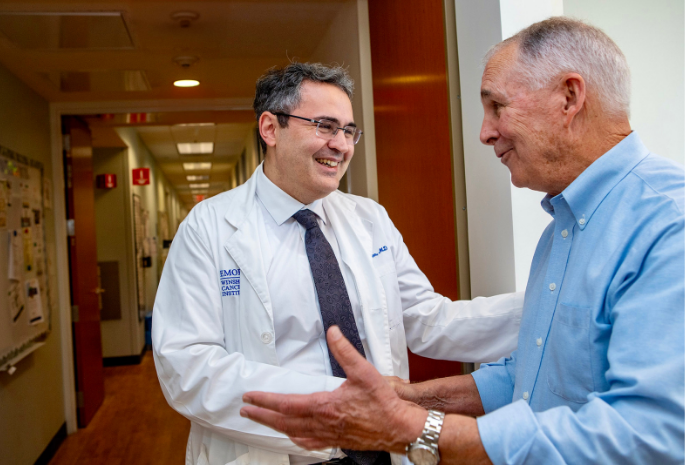Urologic conditions like urinary incontinence or erectile dysfunction can disrupt your life. These conditions can also be difficult to talk about. Don’t let embarrassment keep you from getting the urology care you need. Our expert urologists can help you get back to living life to the fullest. We specialize in all areas of urologic care, including men’s urologic health and infertility, women’s pelvic health, kidney stones and urologic cancer.
Guided by the latest medical research, our team offers a variety of urology treatments, including:
- Procedural treatments for enlarged prostate, including laser, robotic, and minimally invasive options
- Minimally invasive surgery for bladder control problems, cancer, infection or kidney stones
- Reconstructive urology to repair injuries to the urinary tract or reproductive organs
- Robotic prostate removal (prostatectomy) for prostate cancer
- Treatment of even the most advanced cancers of the urinary tract
Learn more about the urology conditions we care for and the treatments we offer.







